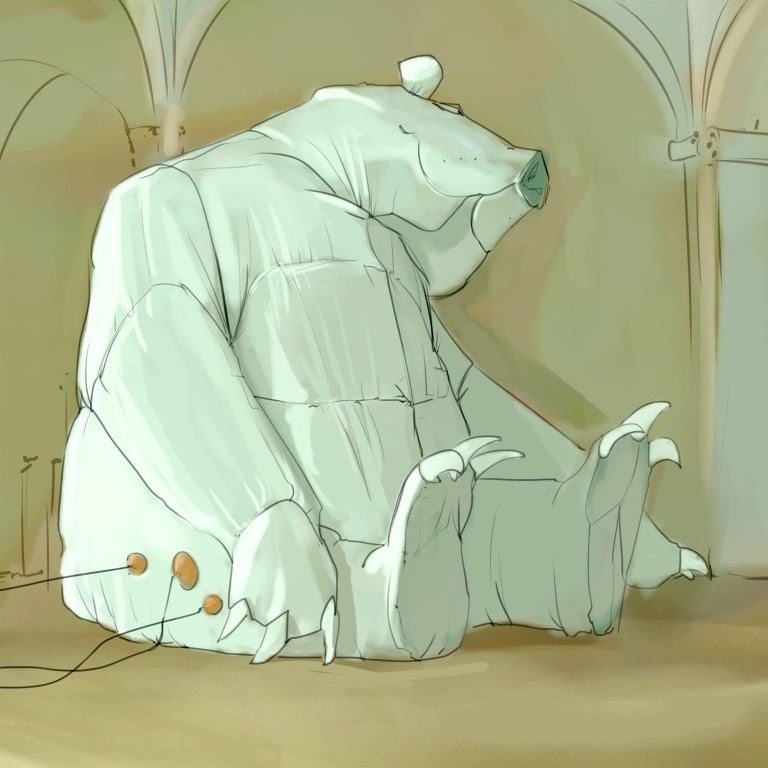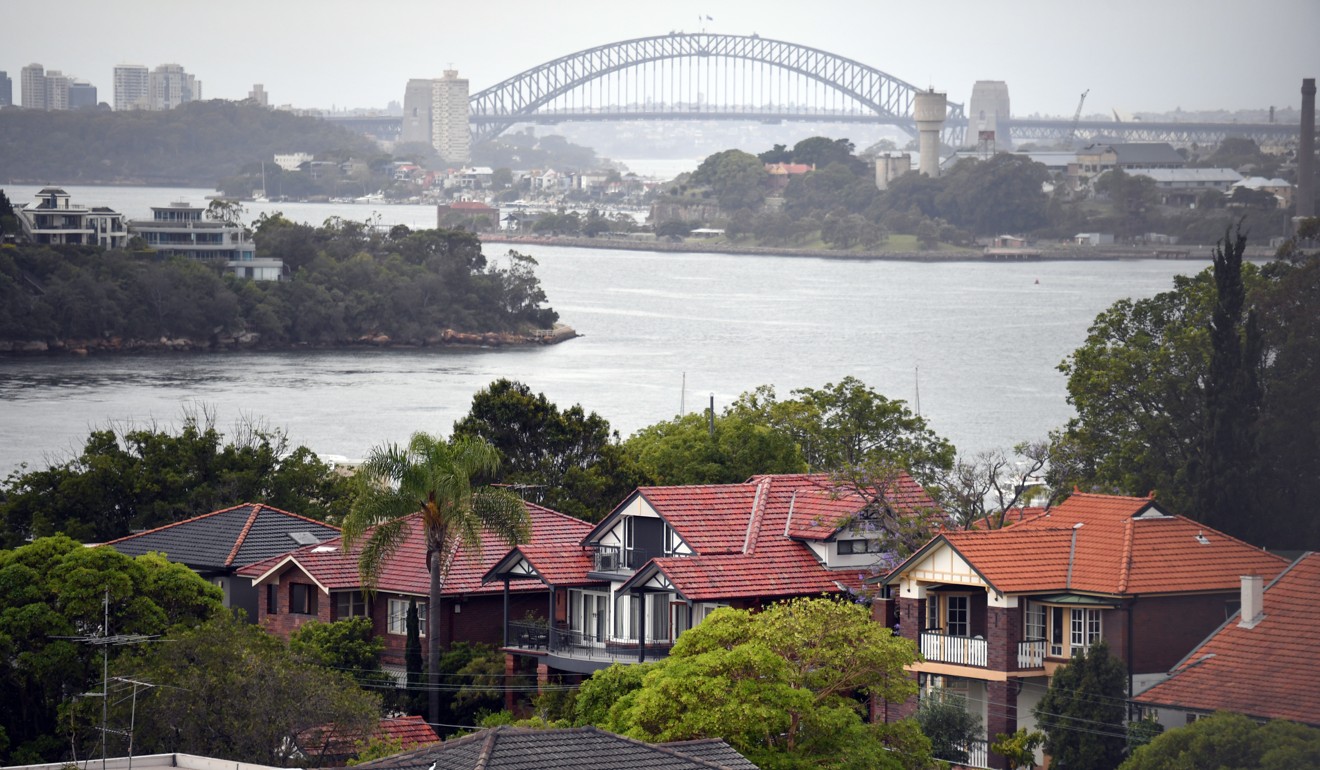
How could the global economy crash? Let us count the ways
- Andy Xie says the stock sell-off in the US and elsewhere and the sharp decline in property prices all add up to more debt trouble at a time when debt is already sky-high. A repeat of the global financial crisis of a decade ago seems certain
While the debt increase since the 2008 global financial crisis has been driven by securities, a significant chunk of the troubled debt could be sitting on the balance sheets of major banks. A global banking crisis is also possible.
The economic recovery since the financial crisis has been led by debt. All major economies today have higher debt relative to their gross domestic product than 10 years ago. If too much debt was the trigger of the last financial crisis, even more should trigger another.
The sharp decline in asset prices lately suggests that another financial crisis is quite near. The global equity bubble and the property bubble are bursting. Behind them is a gigantic debt bubble. Unless it bursts too, the asset bubbles could build up again on more borrowing. Since 2008, surging asset prices have gone through a few reversals. Yet they kept rising because the debt bubble kept expanding.
Stocks and property have become bubbles because of the easy availability of debt. America’s corporate debt has doubled since 2008, mainly for buying back stocks. That is the source of the US stock market.
Meanwhile, in Australia, the housing bubble came back after 2008 because the debt was there to push its household debt to 200 per cent of disposable income, from 160 per cent.

The start-up economy has also become a big bubble because start-ups with big valuations made up by a few people could borrow loads of money to subsidise their losses.
Yet the rise in debt couldn’t happen on its own without asset price bubbles elsewhere. The surging stock and property prices “create” more borrowing capacity. The lenders are there to buy this fiction. As debt is injected into the economy, the economy is stimulated. The good news gives optimists the justification to keep it going. What gives it away is that this story rests on debt rising faster than GDP.
While it will eventually pop, it could last for a long time. That is why, while the going is good, governments, speculators and lenders are willing to look the other way. This bubble bursts when the asset prices that justify the debt fall apart. That appears to be the case now.
There are multiple candidates for starting a global financial crisis. The offshore debt market, for example, is a weak link. It has boomed with the booming private banking market. Chasing yields has led wealthy individuals to buy huge amounts of high-yield dollar debts. If a crisis happens, the dollar would surge, and the dollar debtors in emerging economies would default like in 1998. If the losses are all absorbed by wealthy individuals, the crisis may be contained. But a big chunk could be with banks, especially syndicate loans that haven’t been sold. This is one possible scenario for the next global financial crisis.
Collapsing property prices would be another path to the next financial crisis. Australia’s property price could be cut by half, and Hong Kong’s by 75 per cent. There are multiple high-value markets that could do the same. The resulting negative equity could trigger borrowers to walk away en masse. Multiple banks are involved in these markets. If one falls, the chain reaction could endanger the whole system, just as in 2008.
Account fraud is another possible story line, like in 2000. Capital markets have mushroomed in high-risk areas like junk bonds and start-ups. Account fraud is guaranteed and probably widespread. Many businesses survive on being able to borrow more. When the market is enthusiastic, a fraud would be viewed as an exception. In a time like now, a fraud would be viewed as the tip of the iceberg, which, unfortunately, is the right interpretation.
China is often viewed as the likely place for the next global financial crisis to start. It is true that China’s debt has mushroomed since 2008; probably quadrupled. It is a big debt bubble. But there is no market mechanism for it to burst. Bankruptcies are politically determined. As bad loans mushroom in the banking system, state ownership ensures savers do not withdraw their deposits. Only capital flight could trigger a liquidity crisis, yet China has built up a great wall for capital outflows. A debt bubble could only fade, like in Japan, not burst, in such an environment.
This analysis doesn’t cover the offshore dollar debt owed by Chinese developers. China’s property crisis has tipped over the edge. Developers would be hard-pressed to generate cash to cover debt payments. They can only live on rollovers. A significant shift in sentiment could push that market into crisis.
The debt bubble since 2008 is so vast that it’s possible to see its shadow from all previous bubbles. There are so many ways for this bubble to go.
One may argue that, with so many terrible things to come if the bubble bursts, would governments stop it? For example, the US Fed could reverse its policy. The trouble with a bubble is that, when it is bursting, a policy reversal won’t stop it. When a flying pig crashes, you can’t throw it into the air and make it fly again.
Andy Xie is an independent economist

